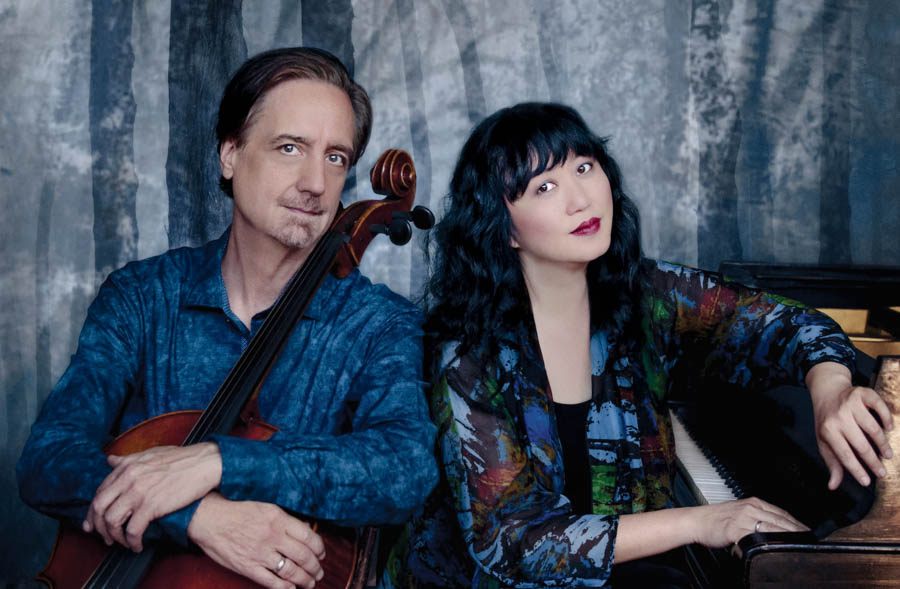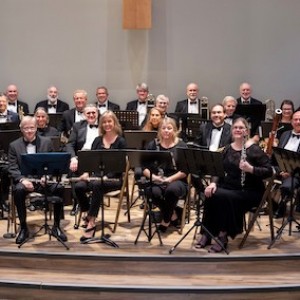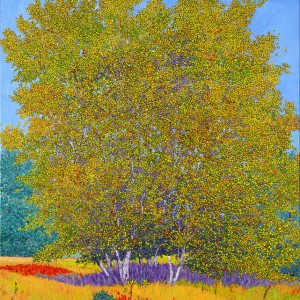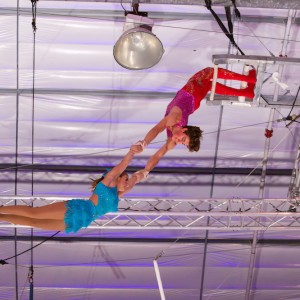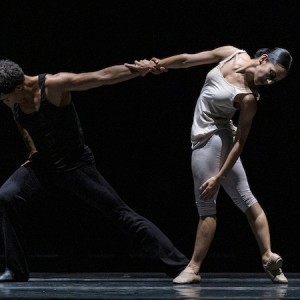Chamber music is, by its very nature, perhaps the most intimate of all the performing arts. A form of classical music designed for a small number of instruments, chamber music differs vastly from that of a traditional orchestra or symphony. There is no conductor. Each musician, saddled with their own unique part, must listen closely to their fellow performers in order to play in harmony. It’s an artform that requires a great deal of attentiveness, chemistry and care. If successful, the musicians seem to transcend this earthly plane as they become mouthpieces for the instruments they are playing. These instruments turn sheet music into stories–stories of love, rage, triumph and sadness–stories that can touch the souls of those listening.
No one knows this better than pianist Wu Han. Since the age of nine, when she started studying music in Taiwan, classical music—and eventually chamber music—is all she has known. The artform has led her to international acclaim, first as a concert performer and recording artist, and later as an educator and artistic administrator. In 2022, Han was named the artistic director of Sarasota’s La Musica Chamber Music Festival. It is through her guidance as a director and her involvement as a performer that the festival continues to produce some of the best chamber music in the world.
In 2024, the festival will feature five concerts (one each in February and March, and three— as is tradition—across one week in April). Han knows just how transformative an experience chamber music can be. That’s why she speaks with such care about each performance, including La Musica’s first of the season, the Schubert Trios. “Schubert’s two piano trios are some of the most profound pieces of music ever written. They were written in the last year of his life, when he knew that he was going to die,” Han says. “To play the two trios is like climbing Mount Everest. No way to describe it. It’s music that will go straight into your heart and has so much meaning. The more you listen to it, the more you realize that music is really the greatest accomplishment of human beings. You can be incredibly inspired by this music and it never wears thin on you.”
Han will be joined by her husband, cellist David Finckel, and violinist Philip Setzer— both past members of the famed Emerson Quartet and longtime collaborators with Han. In addition to leading La Musica, Han is also the co-artistic director of the Chamber Music Society of Lincoln Center, which requires her to be more than just an arts administrator; she must also continue to perform at the highest level. She and her husband perform collectively in 150 to 200 concerts a year. Doing so, however, is what allows Han to excel as an artistic director. “David and I pretty much have the entire chamber music repertoire in our heads. We can very comfortably walk into a rehearsal or a concert and know every note in the score,” says Han. “From that, I think musicians know that when they come to play for us they have to deliver. They can’t fake their way through it. With our experience, we can also help out a lot with the musicians’ ability to achieve the highest level of performance.”
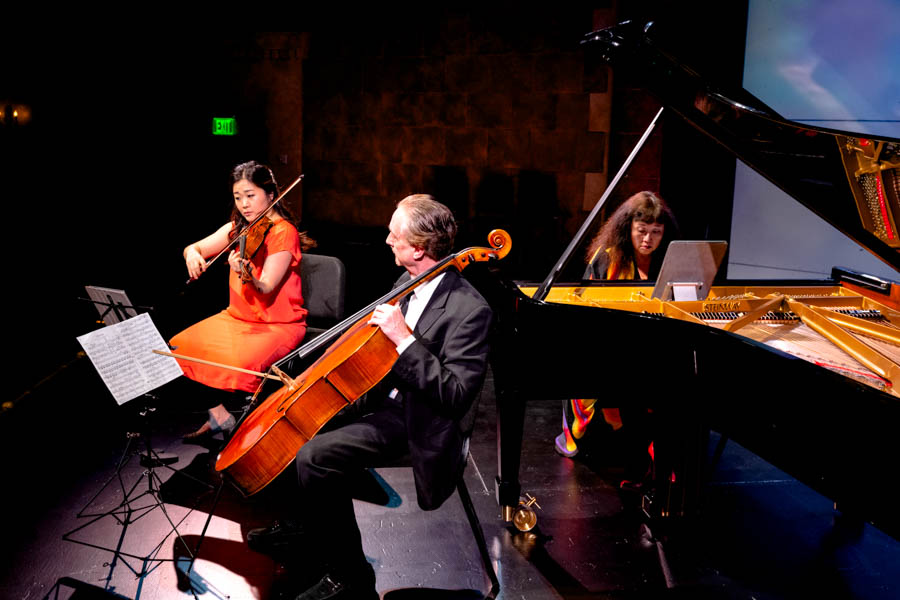
Han’s connections also pave the way for concerts like the second of La Musica’s season, which will feature musicians from the Chamber Music Society of Lincoln Center. The medley of instruments will feature works from Beethoven, Rossini, Durufle and Hummel, and looks to show the potential of what chamber music can be.
In April, Han will rejoin the musicians for the peak of the festival’s season: three concerts in one week, all highlighting different legendary composers. The week opens with a celebration of “tried-and-true” composers: Mendelssohn, Brahms and Haydn. The night begins with Haydn’s Piano Trio in A Major, before continuing on with Mendelssohn’s Piano Quartet and finishing with Brahms’ innovative String Sextet No. 2 in G Major.
It is in the week’s second concert–Mozart, Kodaly and Arensky–that the programming really stretches its wings. “This concert features tons of adventurous works, like Kodaly’s Serenade for Two Violins and Viola, a mysterious and intense piece, or Arensky’s Quartet No. 2, which is set with two cellos, viola and violin (which is an unusual thing but one of the most virtuosic displays of chamber music),” says Han. April’s final concert–Schumann, Smetana and More–is even more ambitious. Bulgarian folk dances appear in Gankino Horo for cello and piano, and Foss’ Capriccio boasts another virtuosic cello and piano pairing. “We play Smetana’s Piano Trio, which is one of the pieces that he wrote when his five year-old daughter died and is so heart-wrenching, before finishing on an uplifting note with Schumann’s Piano Quintet, which is a celebratory piece that he wrote for his wife,” says Han. “The program design is incredibly varied and has tried-and-true pieces, as well as a few adventurous spots that can introduce the audience to new discoveries. That’s what a festival can do. You can have three concerts in a short period of time and you can cover a lot of ground.”





